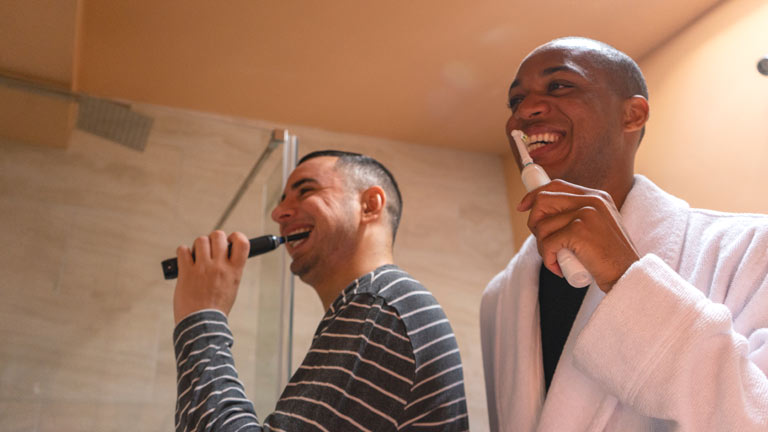 Your dentist performs a variety of routine services to help you maintain your best oral health. These include dental exams, dental cleaning, X-rays, dental bonding, fillings, and root canals. Your dentist in Airdrie also extracts decayed or damaged teeth not salvageable through restoration. If you face having a tooth removed, you risk the most common complication called dry socket.
Your dentist performs a variety of routine services to help you maintain your best oral health. These include dental exams, dental cleaning, X-rays, dental bonding, fillings, and root canals. Your dentist in Airdrie also extracts decayed or damaged teeth not salvageable through restoration. If you face having a tooth removed, you risk the most common complication called dry socket.
Although it only affects 1.8 percent of people who undergo a tooth extraction, according to recent studies, dry socket can happen. It occurs more during wisdom tooth extraction than other types of tooth removal procedures. So, what is a dry socket and how can you avoid this condition? Below we explore more about dry socketing and how to heal from tooth extraction without problems.
What is dry socketing?
When you undergo a tooth extraction, usually after a dental cleaning, the dentist removes the tooth from your gums and the bone that holds it in place. As a result of this surgery, a blood clot forms at the hole in your gums. This clot protects the extraction site and helps it heal. When a blood clot does not form as it should or breaks loose from your gums, you experience a dry socket.
A dry socket leaves your bones and nerves exposed. So if your blood clot breaks loose, you need to call your dentist’s office for advice and an appointment. Untreated, a dry socket can develop infection and other problems.
Symptoms of Dry Socket
Symptoms of dry socketing include:
- Severe pain several days after tooth extraction
- An empty area at your tooth extraction site, where the blood clot should exist
- Bone visible at the extraction site
- Pain in your eye, temple, neck or ear, radiating from the socket
- Unpleasant taste or bad breath
Who experiences a dry socket?
Anyone can develop a dry socket after tooth extraction. But it only happens to a small percentage of patients undergoing this procedure. Most who suffer the condition have special risk factors that added to their vulnerability.
Risk factors for dry socket include:
- Smoking or tobacco use: Tobacco chemicals contaminate the wound site and can slow your healing. When you inhale on a cigarette, you can dislodge your blood clot.
- Birth control pills: Taking birth control pills boosts your estrogen levels and changes how your body heals.
- Poor post-surgical care at home: Not following your dentist’s home care instructions can lead to dry socketing.
- History of dry sockets: If you have a history of dry socketing, you are at greater risk for one in the future.
- Infections: If you have an infection at the tooth extraction site, you risk a dry socket.
How Your Dentist Diagnoses Dry Socket
To diagnose dry socket, your dentist asks some questions about your healing. One example of those questions is how much pain you continue to experience three days after the extraction. Through a visual exam, they confirm your diagnosis.
How does a dry socket heal?
Your dry socket requires dental intervention. This condition leaves your nerves and bones exposed. Without treatment from your dentist, you risk infection and other complications.
The dry socket usually lasts for between one week to 10 days. How long it takes to heal depends on when the blood clot dissolved, failed to form or dislodged. If you develop an infection, healing takes longer. But seeing your dentist can reduce how long you need for healing, while also reducing your risk of infection.
Treatment for your dry socket involves measures to relieve your symptoms. Your dentist rinses the socket to clean away food debris. They can also provide medicated packing that contains an analgesic to reduce pain. This packing also shields the exposed bone. You may receive a prescription for other pain relief or to fight infection. Some people with severe dry socket problems must undergo oral surgery.




